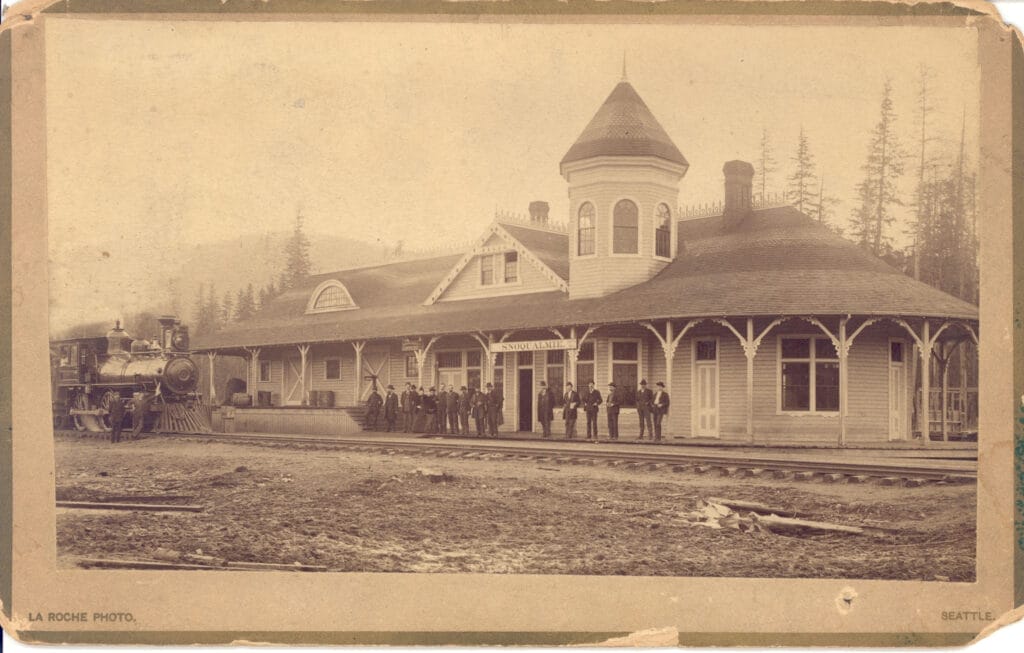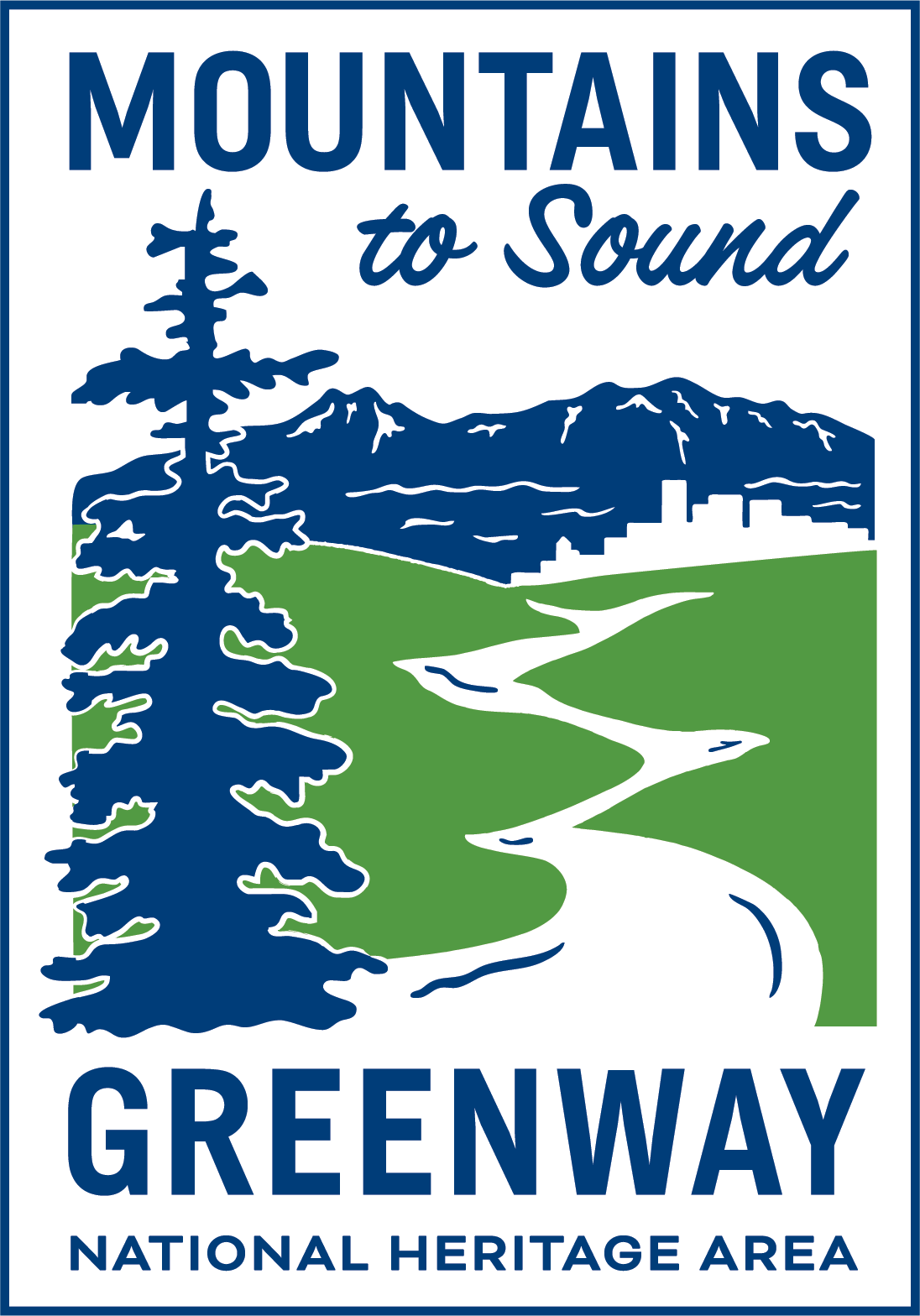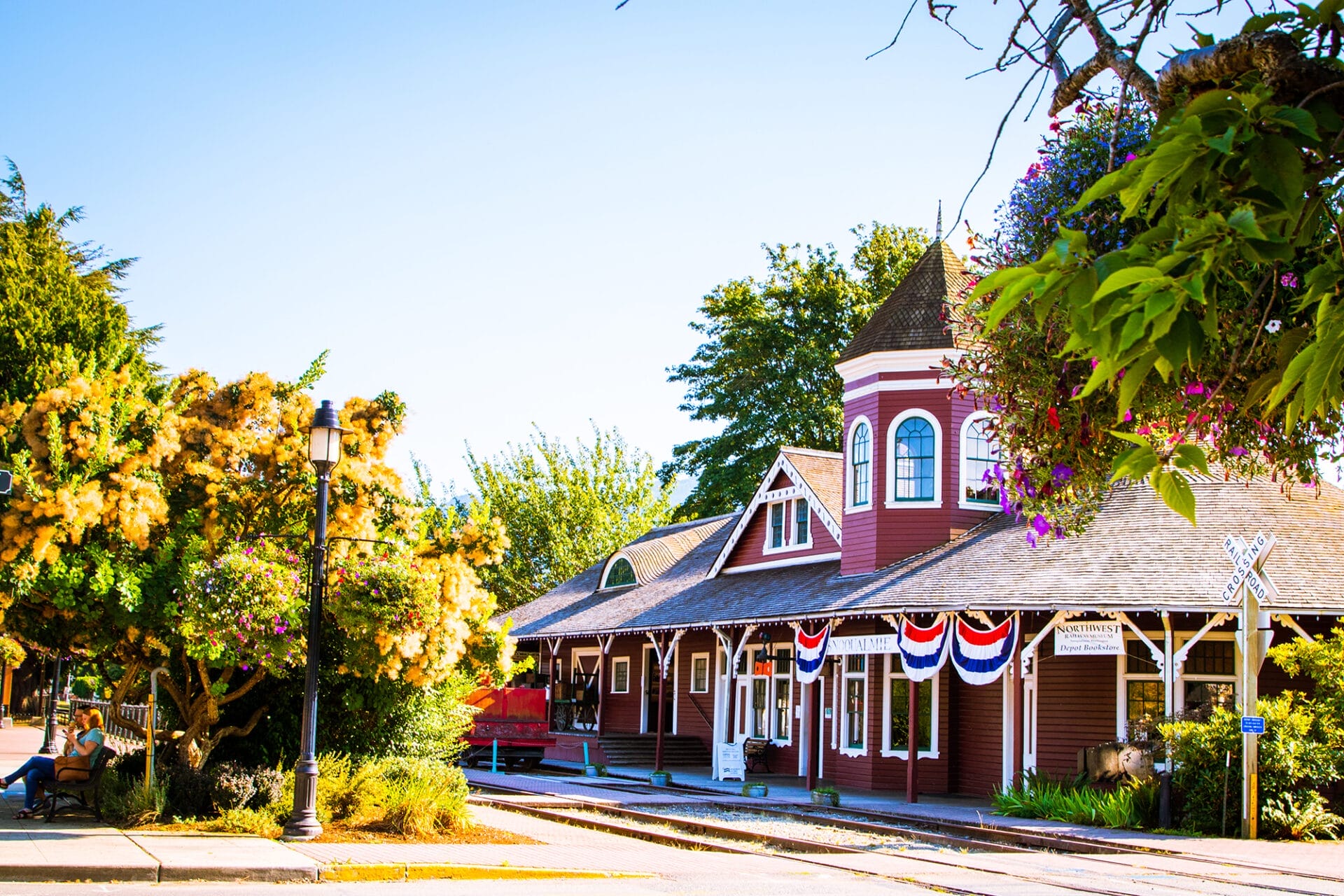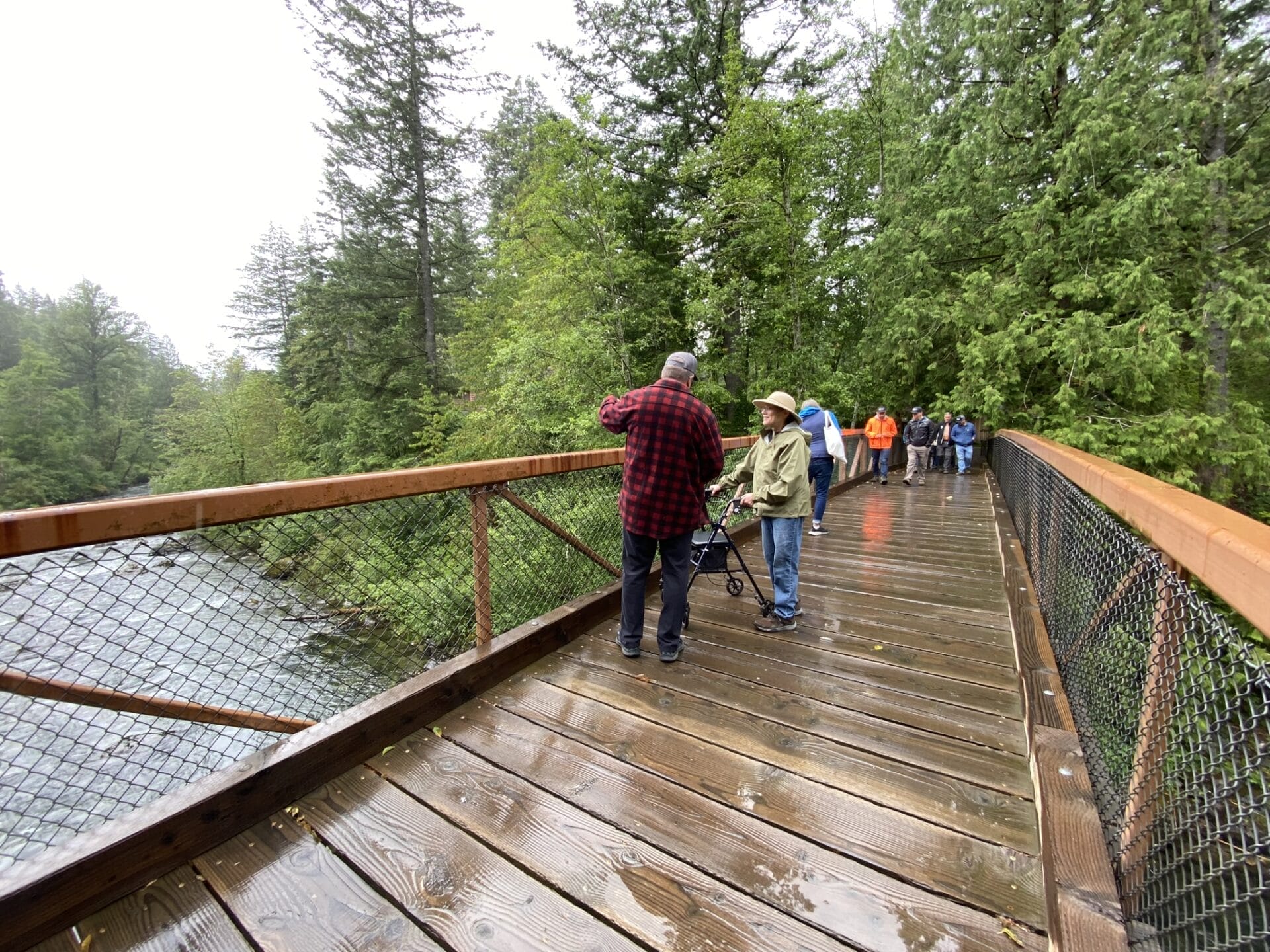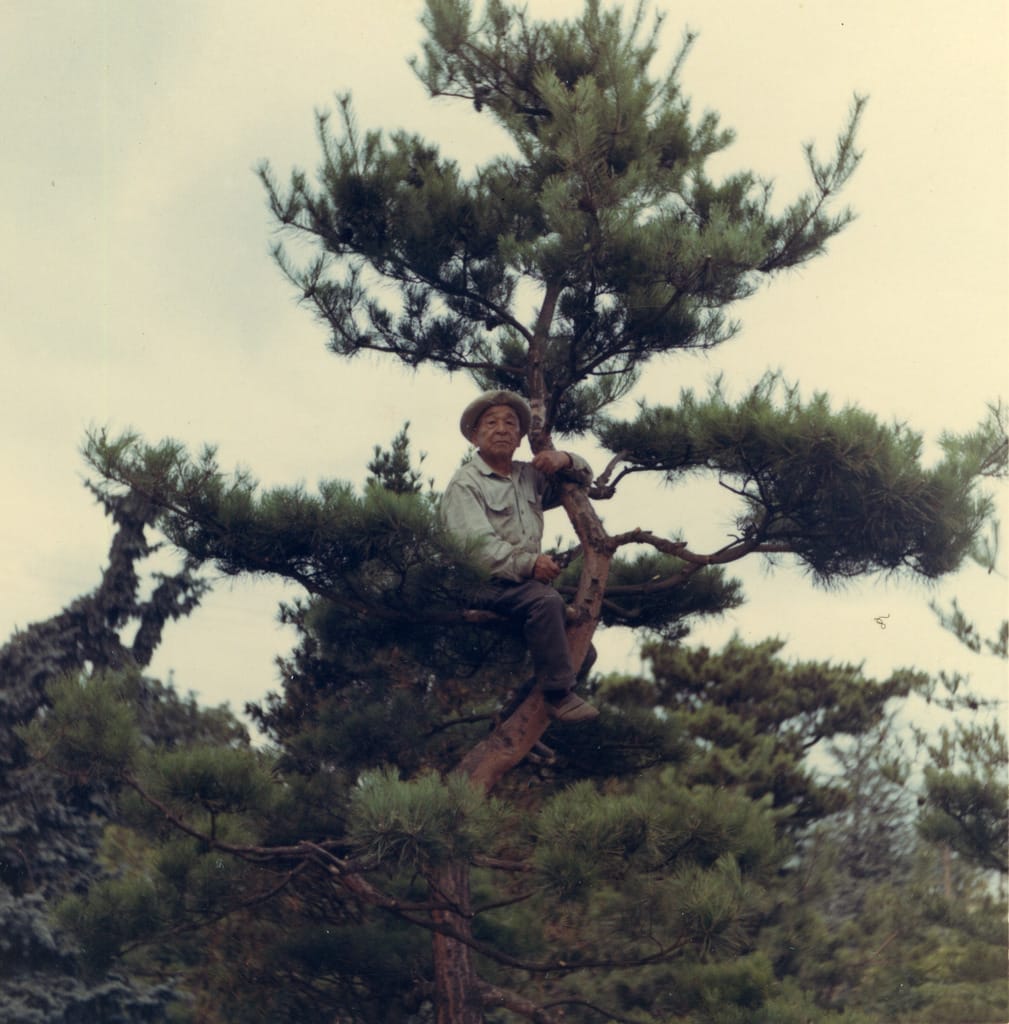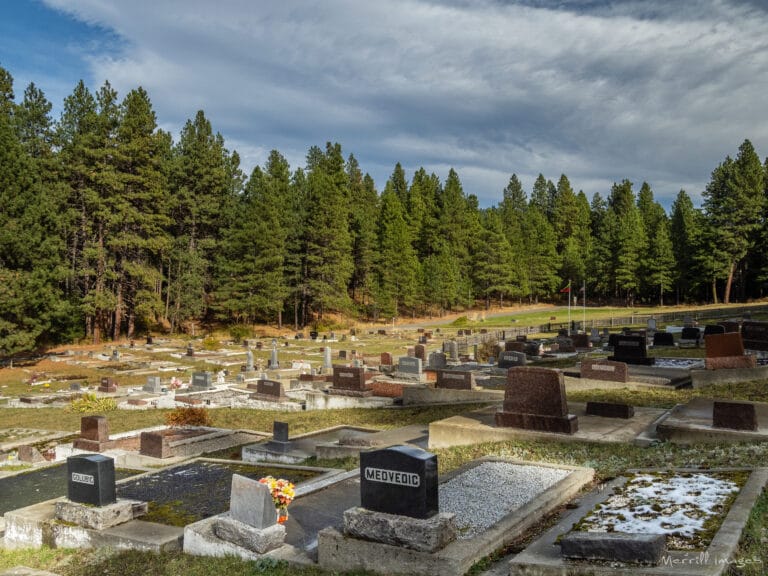Why is the Depot so Fancy?
Guest Blog by Cristy Lake, Registrar and Volunteer Coordinator for the Northwest Railway Museum
People who visit our Victorian-style train depot in Snoqualmie often ask why it’s so fancy. It’s reminiscent of a depot in a much larger city, with its beautiful wood paneled gentlemen’s waiting room, lovely curved ticket office, large ladies’ waiting room, eyebrow dormer windows, and turret. So why would they build such an exquisite structure in the small town of Snoqualmie?
The simple answer is that it was a marketing ploy. In the 1870s, the Northern Pacific transcontinental railway was being built, connecting Washington State by rail to the rest of the nation. There was a heated contest between Puget Sound cities to determine which city would be selected as the terminus and in 1873, Tacoma was chosen. There remained, however, many that wanted to get the rail to Seattle.
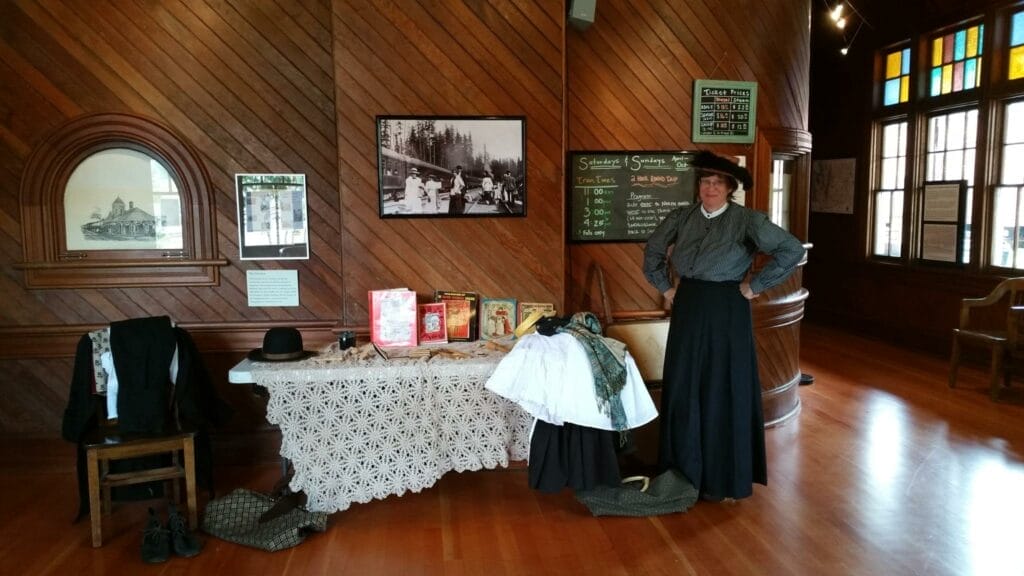
In April 1885, a group of Seattle businessmen formed the Seattle, Lake Shore and Eastern Railway (SLSE). Talks with Northern Pacific to get a railway operating between Seattle and Tacoma, after it had run for a little over a month in 1884, were not going well. Therefore, the SLSE planned on bypassing the Northern Pacific by connecting Seattle to the Great Northern transcontinental railway at Walla Walla, via Snoqualmie Pass. It took four years to build the line from Seattle to Snoqualmie, but in 1889 it reached the upper Snoqualmie Valley.
When the Snoqualmie Depot was built in 1890, it was unusually elaborate in comparison to the modest town of Snoqualmie. The purpose was to attract investment for the next phase. SLSE still needed to build the rest of the railroad line from Snoqualmie to Walla Walla, and they knew an ornate Snoqualmie Depot could attract additional investors.
The building became the finest depot on their line and cemented Snoqualmie’s reputation for a must-see destination. Many of the stakeholders in the SLSE were the same men who platted the town of Snoqualmie in 1889 with the concept that it would be a resort town with broad parks, vast hotels, and easy access to hunting and fishing in the Cascade Mountains. Tourists like John Muir, known as the “Father of the National Parks,” were attracted to the Valley and wrote of its wonderful attributes, arrived on the train. However, a mere three years after the depot’s construction, a national economic crisis hit, caused by the Panic of 1893, and eventually the Seattle Lake Shore and Eastern Railway went bankrupt and ended its plans to continue over Snoqualmie Pass.
At the time of its donation to the Northwest Railway Museum in 1975, the Depot was the oldest surviving building in Snoqualmie. Through its years of service, the Depot underwent so many renovations that it was no longer recognizable as a former train station. In 1981, the Museum restored the Snoqualmie Depot back to its 1890s grandeur, and it continues to function as an operating train station.
Museum visitors traveling on the Snoqualmie Valley Railroad purchase their boarding passes at the original ticket window and view railroad history exhibits in the former gentlemen’s waiting room and freight room. A railroad history-themed gift shop is housed in the former ladies’ waiting room.
The Snoqualmie Depot is listed on the National Register of Historic Places, and is a City of Snoqualmie Landmark. Major funding for the rehabilitation and restoration was provided by the National Park Service, 4Culture, the Seattle Foundation, and the City of Snoqualmie. It is also the oldest continuously operating train depot in the state of Washington, since the Northwest Railway Museum began operating out of the Depot before the last of the Burlington Northern staff relocated their offices.
May 28, 2017 marks the 50th Anniversary of train operations at the Northwest Railway Museum. Visitors can stop by the Snoqualmie Depot any day of the week from 10am to 5pm. For the full experience, hop on the train and enjoy a scenic ride through the Cascade Foothills to the top of Snoqualmie Falls. Trains run Saturdays and Sundays from April through October. For more information about the Northwest Railway Museum visit www.trainmuseum.org.
Preston Depot
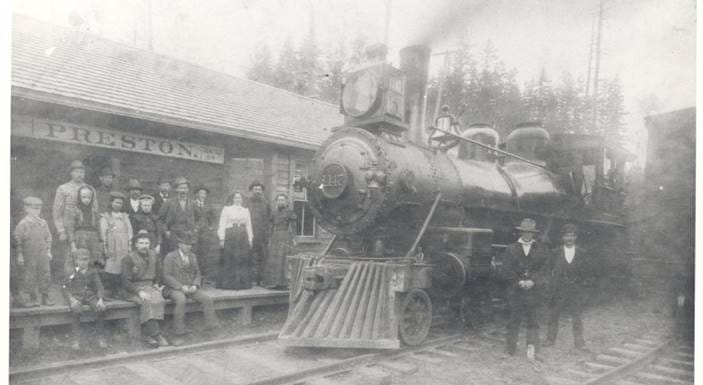
North Bend Depot
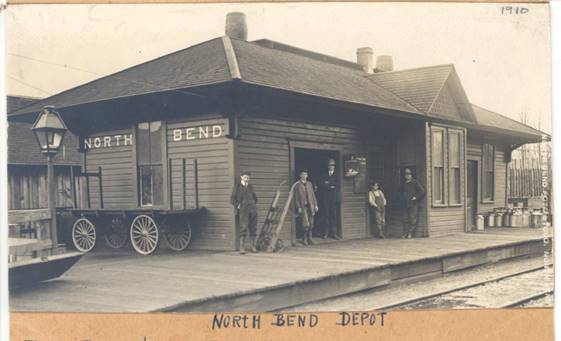
Fall City Depot
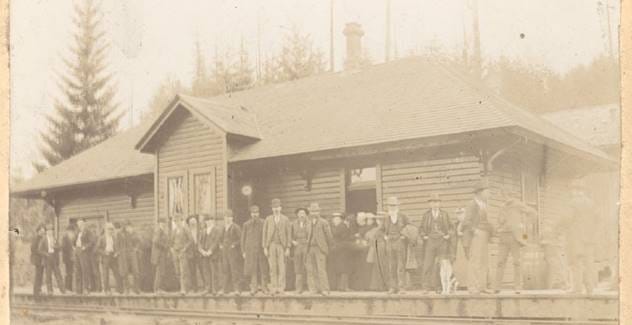
Snoqualmie Depot
